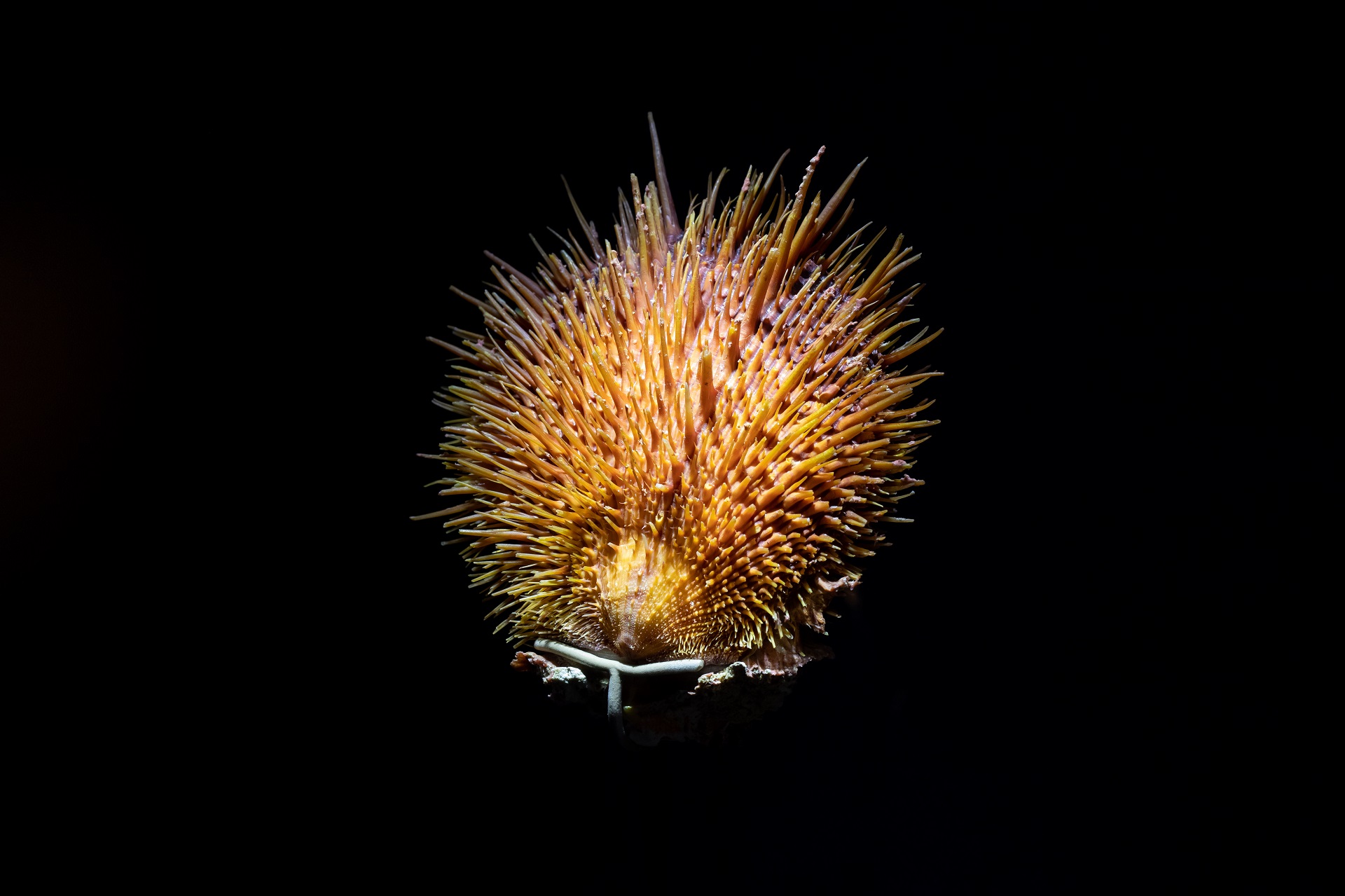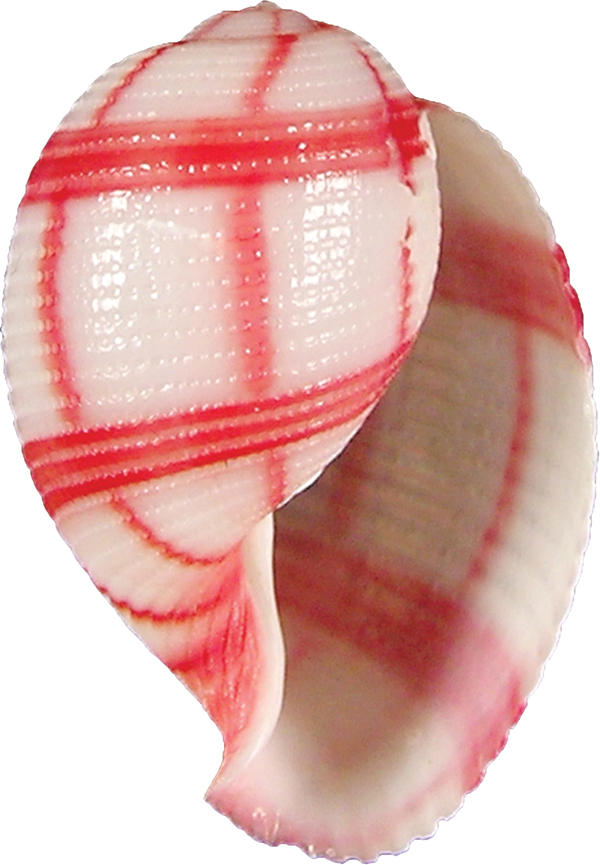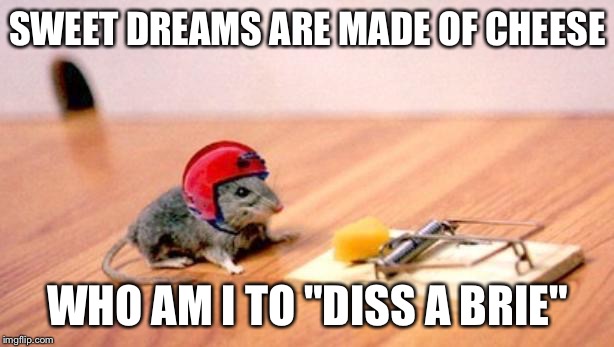Editor’s note: In honor of our new Nautilus Live program — which takes Museum patrons to the ocean floor with telepresence technology — this month’s Educator How-To is all about the nautilus shell. From our veteran Xplorations educator Kat Havens:
It is difficult to deny the beauty and perfection of the nautilus’ spiraled chambers. Many have heard it is a perfect example of a Golden Spiral or have seen pictures of it neatly fitted into a Golden Rectangle. Although compelling, it is mathematical mythology.
The angles found within the chambers of the shell exhibit multiple angles that are not congruent with those of the Golden Spiral. In fact, the spiral of the nautilus is more correctly known as an approximate logarithmic spiral or as exhibiting logarithmic spiral growth. Growing in this manner allows the animal to increase in size without changing its shape. We think that it is an excellent example of Mother Nature’s knack for beautiful symmetry.
Materials:
• Cut nautilus shell
• Styrofoam or paper plate
• Sheet of craft foam or other padded surface
• Paper – color of your choice
• Acrylic paint – color of your choice
Procedure:
1. Gather all of your supplies. Cut nautilus shells are common and may be purchased at seaside shell shops or found online at a reasonable price. They are reusable, provided they are cleaned promptly after each use. We tried cutting our own shells with a fine saw but, we were not completely satisfied with the results.
2. Place “springy” material, such as craft foam, under the print paper. This allows for a better “pull” as the give in the foam allows for better contact between shell and paper.
3. Pour a good amount of acrylic paint onto the plate. Manipulate the plate by tipping it around until the paint is spread in an even layer that is large enough to accommodate the shell. Place the shell into the paint and pull it out. You will find the paint may coagulate in the smaller chambers and makes an unclear print. This is solved by gently blowing on these chambers to break the paint bubbles.
4. Carefully press the shell onto the paper. Do not move the shell in any direction once contact with the paper is made as it will smear the print. Gently pull the shell up. Often, you can get another decent pull directly after the first print, so feel free to make two or more with one paint application.










